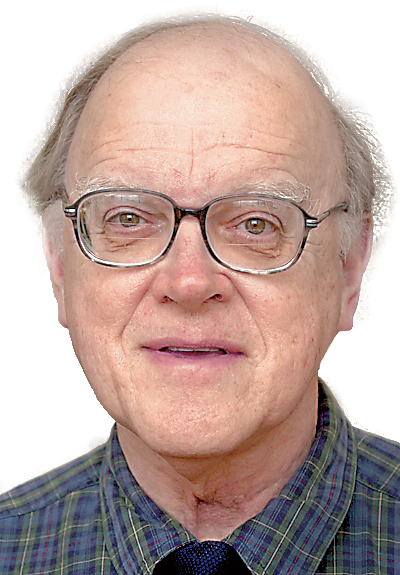Two nuclear bomb attacks on the Japanese cities of Hiroshima and Nagasaki brought World War II to an end and ushered in an enduring age of anxiety. Will increasingly powerful and horrific nuclear weapons be employed again? And with what consequences?
Special Mission 13, consisting of five B-29 Superfortresses, took off from Tinian Island on Aug. 6, 1945, bound for Hiroshima. Enola Gay, commanded by U.S. Air Force Col. Paul Tibbets carried "Little Boy," a 9,700-pound, uranium-235 bomb. The bomb was dropped at 8:15 a.m. local time and exploded, as planned, 1,900 feet above the city. Ninety percent of the city was destroyed by a blast equal to 16 kilotons of TNT (a kiloton equals 1,000 tons). An estimated 66,000 of the city's 255,000 residents died from the initial blast or shortly afterward from burns or acute radiation injury. An equal number were injured. Thousands more died in subsequent years from bone marrow disorders or malignancies related to radiation exposure.
Three days later, Special Mission 16 launched from Tinian for a second attack. U.S. Army Air Forces Maj. Charles W. Sweeney commanded Bockscar, the B-29 that carried "Fat Man," a 5-ton, plutonium-239 bomb. Its primary target obscured by clouds and smoke, the aircraft turned to its secondary target, Nagasaki. An airburst at 650 feet delivered a blast equivalent to 21 kilotons of TNT, which obliterated much of the city of 195,000 occupants. Thirty-nine thousand residents perished; 25,000 suffered acute injuries. Radiation-related deaths occurred for decades.
Japan announced its unconditional surrender on Aug. 15.
John Hersey's book "Hiroshima" portrays the bombing of that city through the lives of six people the writer interviewed in 1946. Hershey returned 40 years later to follow up with his subjects. This powerful, compassionate report is necessary reading for our day.
Post-war research led to more powerful thermonuclear weapons (H-bombs) with many times the destructive power of earlier atomic bombs. The most powerful H-bomb tested to date had an explosive yield equal to 50 megatons of TNT (a megaton equals 1 million tons).
Despite international treaties to limit nuclear arsenals and to open facilities to international inspections, huge stockpiles remain. Nine countries possess nuclear weapons: U.S., Russia, China, India, Israel, France, United Kingdom, North Korea and Pakistan. Of the estimated 15,000 nuclear weapons, the U.S. and Russia control more than 90 percent.
An excellent summary of nuclear technology, weapons development and relevant treaties is located at www.atomicarchive.com.
Anxieties regarding nuclear conflict escalated in 2017 with bluster and heated rhetoric substituting for quieter diplomacy.
NBC News reported on Oct. 17 details of a summertime gathering of national security leaders with President Trump at which a tenfold increase in the U.S. nuclear arsenal was proposed. The president refuted the report.
The Huffington Post released on Jan. 11 an unclassified draft of the Nuclear Posture Review (NPR). This is a periodic update of U.S. nuclear arms and policy. The final report will be released in February. The report calls for the development of smaller, less powerful nuclear weapons to "enhance the flexibility and responsiveness of U.S. nuclear forces." The report also expands circumstances in which the U.S. would use nuclear weapons. A widespread cyberattack on U.S. infrastructure is an example.
On Jan. 13, a missed keystroke on a computer led to an alert to "a ballistic missile threat in-bound to Hawaii." After 38 anxious minutes, the error was corrected. Fortunately, no U.S. missiles were launched in response to this human error. The incident calls to mind the novel "Fail-Safe" by Eugene Burdick and Harvey Wheeler, in which a technical error leads to the nuclear destruction of Moscow and New York City.
An all-out nuclear war could end our species. There would be no victors, only victims. While maintaining vigilance and a nuclear capability, quiet, sustained diplomacy remains the best safeguard against such an outcome that is at our disposal. Heated, verbal exchanges shorten the fuse that leads to catastrophe.
Our children and grandchildren are counting on us to achieve lasting peace.
Contact Clif Cleaveland at ccleaveland@timesfreepress.com.

